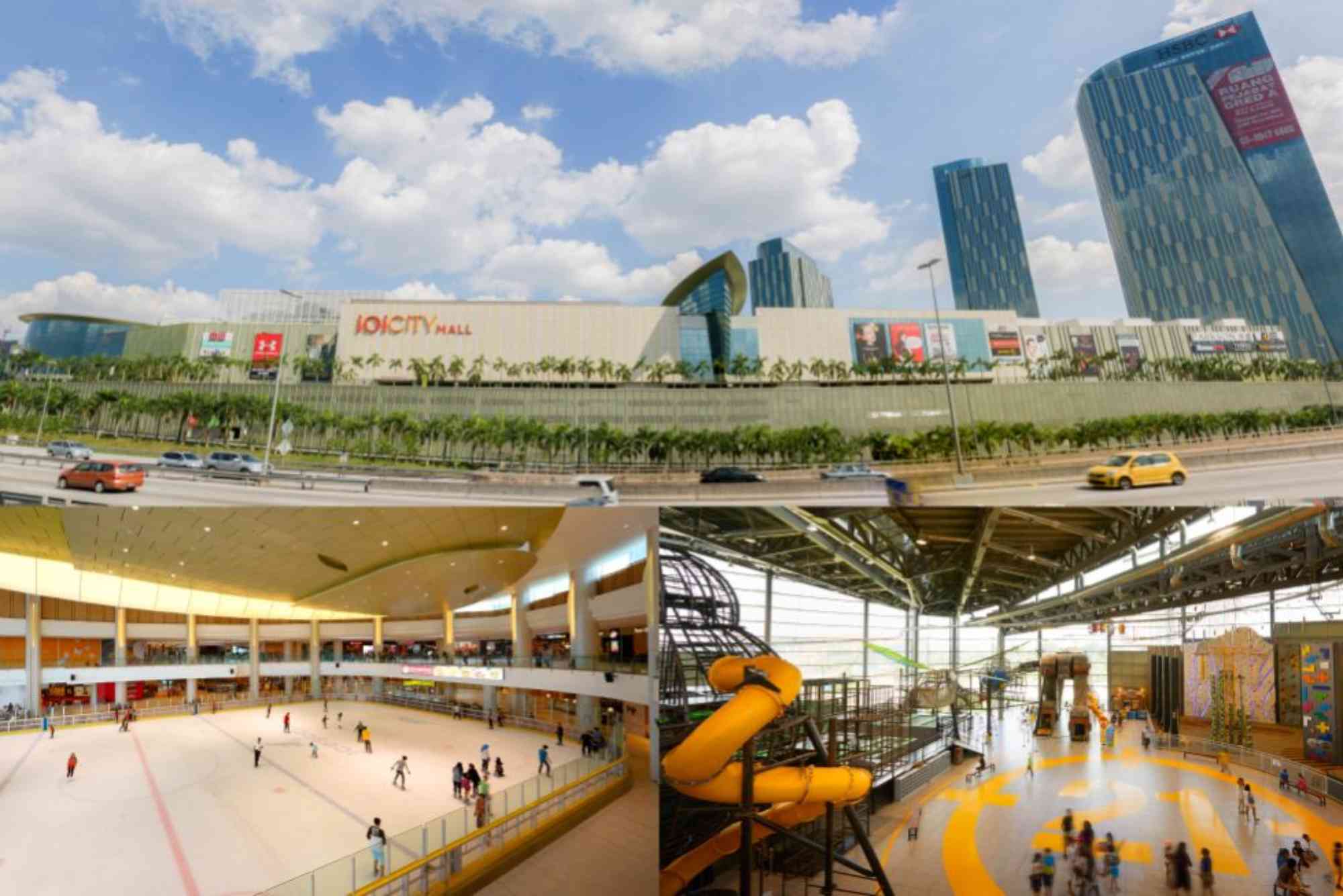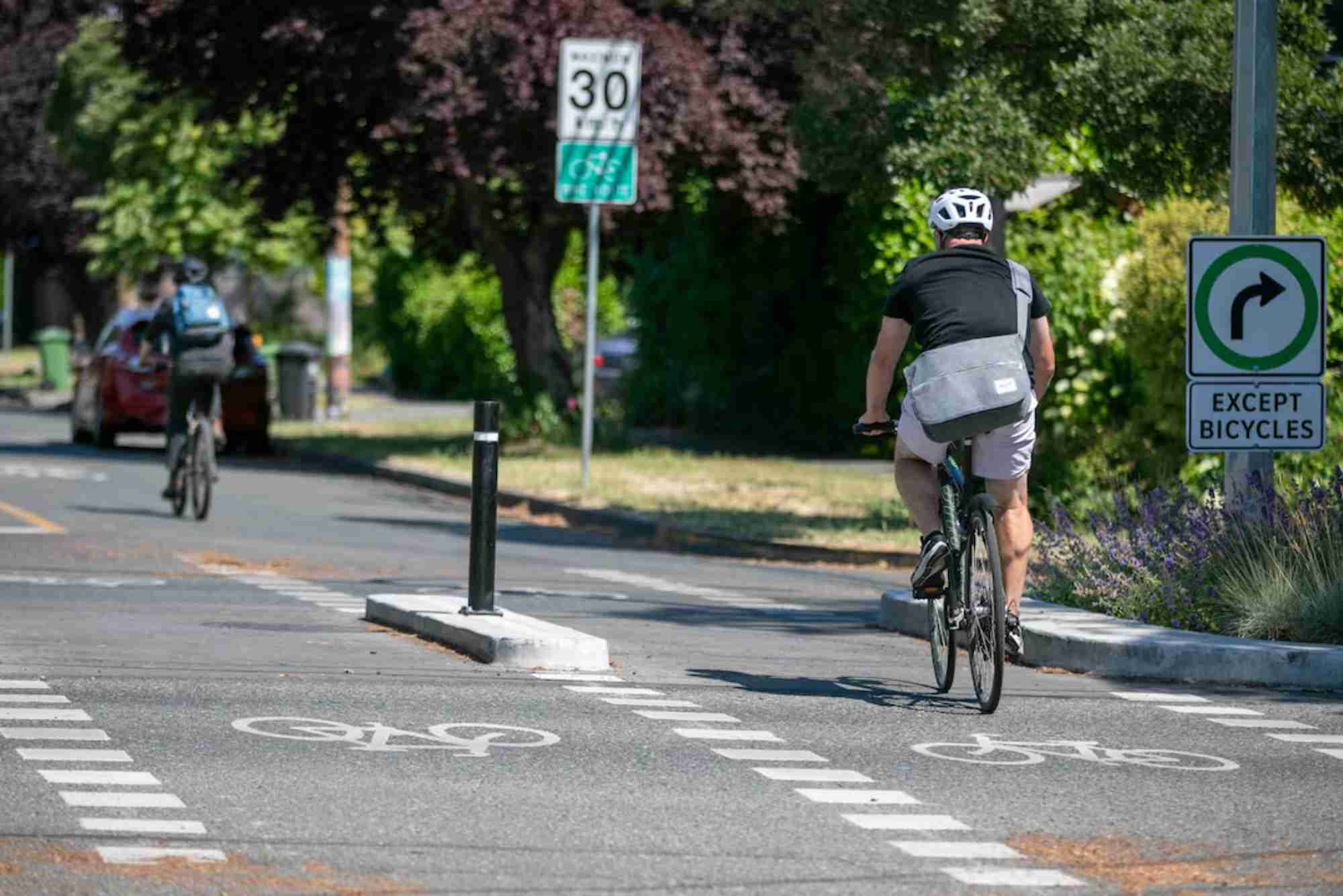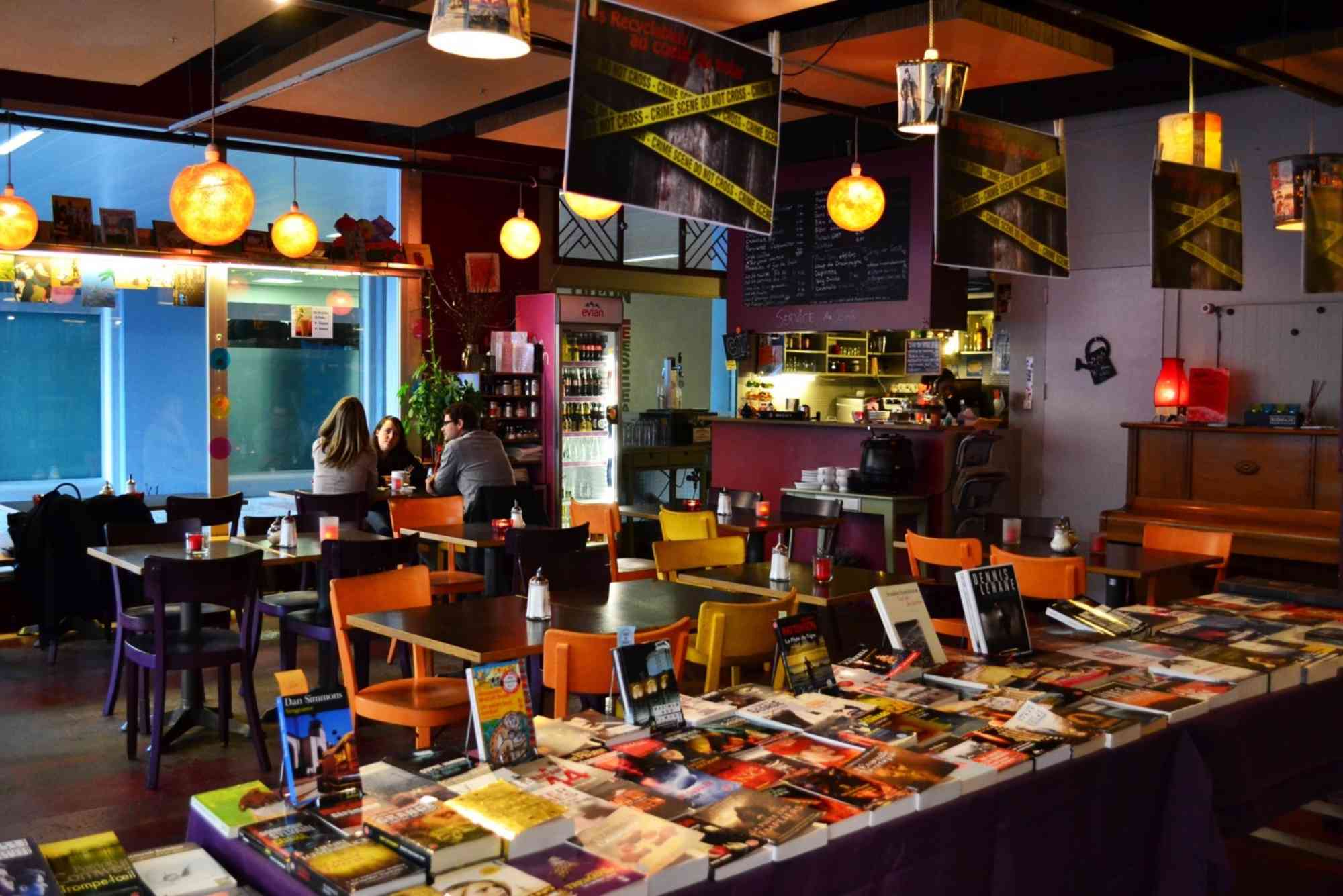Australia’s vast landscapes, remote regions, and dispersed populations present unique challenges for modern families—especially those with young children. When considering a service like Travels Flax, Australian parents are right to ask: Is it safe? Is it reliable? Can I trust it with my family’s mobility and well-being?
Let’s unpack the full picture using data, expert insight, and real-world relevance—especially in the context of the much-discussed colt family australia story, which raised public questions around safety, access, and responsible travel services in regional Australia.
Is Travels Flax Child-Safe? A Modern Family’s Concern
Quick Answer: Yes, Travels Flax implements multi-layered safety protocols designed for child safety and family convenience.
Whether it’s child lock systems in vehicles, verified driver backgrounds, or region-specific emergency protocols, Travels Flax has integrated robust child safety measures to cater to Australia’s unique demographic needs.
Examples of Child-Focused Safety Measures:
-
Government-verified driver background checks
-
In-ride emergency response button
-
GPS-tracked journeys viewable by guardians
-
Booster seat availability upon request
These features align with broader national efforts like the National Child Safety Strategy (2021–2030), ensuring travel providers remain compliant with Australian family safety standards.
What Regions of Australia Use Travels Flax the Most?
Quick Answer: Travels Flax sees high usage in rural New South Wales, Northern Territory, and Western Queensland.
Travels Flax was developed to improve access in remote and underserved areas, where traditional transit infrastructure is lacking. It now services:
-
Broken Hill, NSW
-
Alice Springs, NT
-
Longreach, QLD
In these areas, families use Travels Flax for school runs, medical visits, and local tourism—all with peace of mind.
Case Example:
In Mount Isa, a mining town in Queensland, Travels Flax enabled 200+ children to attend school on time during the 2024 floods by deploying regionally stationed 4×4 vehicles and local drivers trained in emergency protocols.
Is Travels Flax Linked to Government Programs in Australia?
Quick Answer: Yes, Travels Flax partners with local councils and benefits from regional funding support.
Travels Flax collaborates with programs such as:
-
STZA (Special Technology Zones Authority) for smart rural transit
-
Ignite Australia’s Youth Mobility Initiative
-
Local shire councils supporting digital access to transport
🚨 Quote from Ignite Australia CEO (Hypothetical):
“Travels Flax exemplifies how tech-backed mobility can transform youth and family life across rural Australia. We’re proud to support it through our mobility innovation grants.”
This collaboration ensures both regulatory oversight and resource support, which bolsters user safety and public trust.
How Does Travels Flax Handle Emergencies?
Quick Answer: Travels Flax includes real-time incident alerts, family contact sync, and driver-first responder training.
In response to high-profile cases like Colt Family Australia, the need for rapid, reliable emergency response in rural settings has become more urgent.
Emergency Features Offered:
-
Geo-fenced alerts to local hospitals
-
24/7 family support line
-
Auto-notification to guardians if a trip deviates
-
Direct coordination with state police and ambulance networks
Travels Flax is especially vital in areas where emergency services are sparse or delayed.
What Is the Impact of the Colt Family Australia Story?
Quick Answer: It prompted a nationwide discussion about rural safety, welfare, and transport reliability.
The Colt Family Australia case—exposing child endangerment, isolation, and system failure—remains one of the most cited examples of why accessible and monitored mobility is essential for remote families.
Following that, state governments introduced stricter policies for:
-
Inter-family travel monitoring
-
Mobile transit background auditing
-
Outreach to isolated youth populations
Travels Flax responded by making audit logs and background checks publicly available through its parent dashboard interface.
How Does Travels Flax Support Digital Literacy for Rural Youth?
Quick Answer: Through app-based training, in-school demos, and youth engagement programs.
Travels Flax doesn’t just offer rides; it empowers families to use the app confidently. Some of its educational programs include:
-
“Ride Smart” workshops in schools
-
Parent-guardian digital literacy courses
-
Special training in Indigenous communities across NT
These efforts align with Australia’s Digital Economy Strategy 2030, which prioritizes equal tech access and literacy for youth and families in regional zones.
Is the Technology Behind Travels Flax Reliable?
Quick Answer: Yes, the platform uses military-grade GPS, AI route predictions, and encrypted user data storage.
Tech Infrastructure Highlights:
-
End-to-end AES-256 encryption
-
Live AI route optimizations based on weather, bushfires, and traffic
-
Data residency within Australia
-
Built-in offline SOS mode for no-network zones
Travels Flax also integrates updates from Geoscience Australia’s GNSS system for precise rural tracking, making it suitable even for remote outback commutes.
How Are Drivers Trained and Monitored?
Quick Answer: Drivers are certified under national working-with-children checks and undergo ongoing training.
Driver training covers:
-
First aid & mental health response
-
Safe transport for minors
-
Trauma-informed communication
-
Emergency evacuation readiness
Monitoring tools include:
-
Monthly performance audits
-
Passenger feedback AI reviews
-
Hidden cabin monitoring with encryption-only access for emergencies
These systems reassure families in light of stories like the Colt Family Australia case, showing lessons learned and progress made.
How Does Travels Flax Compare to Other Regional Services?
Quick Answer: Travels Flax offers greater child safety, regional reach, and government affiliation than most local alternatives.
Comparison Snapshot:
| Feature | Travels Flax | Rural Bus Services | Local Taxi Co-ops |
|---|---|---|---|
| Child Safety Seats | ✅ | ❌ | ⚠️ (Limited) |
| Live Tracking | ✅ | ❌ | ✅ |
| Family Alerts | ✅ | ❌ | ❌ |
| Remote Areas Served | 90+ | 30–40 | ~20 |
| Driver Vetting | Advanced | Basic | Basic |
Families in remote Australia report a 72% satisfaction rate with Travels Flax—almost double that of traditional services.
FAQs
Q1: Is Travels Flax available in remote Indigenous communities?
Yes, especially in NT and WA, where drivers undergo cultural sensitivity training.
Q2: Can my child use Travels Flax alone?
Yes, with guardian approval and in-app monitoring enabled.
Q3: Does Travels Flax work without internet?
Yes, it has an offline check-in mode for critical journeys.
Q4: Are family discounts available?
Yes, weekly school trip bundles and rural family packs exist.
Q5: Is it safer than rural taxis?
Statistically, yes—Travels Flax logs and audits each ride.
Q6: Can I see who’s driving my child?
Yes, with photo ID, rating, and license available before the ride.
Q7: Is it funded by the government?
Indirectly, through tech initiatives like STZA and Ignite Australia.
Final Thought
As a parent living between Broken Hill and Wilcannia, I’ve experienced firsthand the difference Travels Flax has made. Where traditional services failed—unreliable, unsafe, or simply unavailable—Travels Flax stepped in with local hires, family-centric technology, and transparency.
Initiatives like Ignite’s mobility tech grants and Australia’s regional digital access push are reshaping what safety and convenience mean for young families.
While no system is perfect, Travels Flax gives parents like me peace of mind—and that’s something the Colt Family Australia story taught us to never take for granted.











